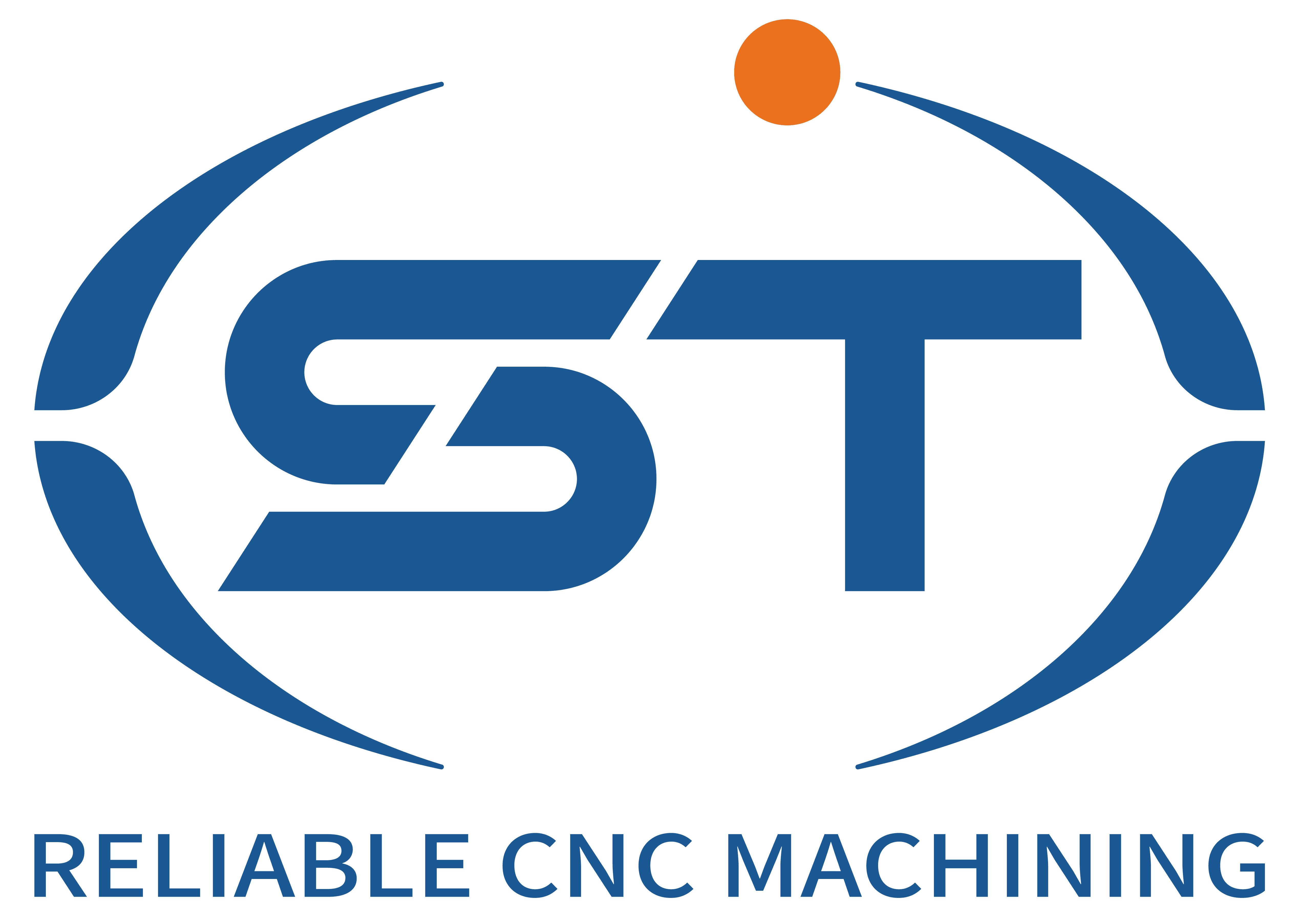Equipment Safety Protection Measures for Faites une demande maintenant ! of Automotive Components
Ensuring the safety of CNC machining equipment in automotive part production is critical to preventing workplace accidents, minimizing downtime, and complying with occupational health regulations. The high-speed operations, automated tool movements, and handling of heavy materials in environments manufacturing engine blocks, transmission gears, or suspension parts introduce inherent risks. By implementing robust safety防护 (protection) systems, conducting regular maintenance, and training personnel, manufacturers can create a secure working environment. Below are key strategies for enhancing equipment safety in automotive CNC machining.
1. Physical Barriers and Enclosure Systems
- Interlocked Machine Guards: CNC mills and lathes processing components like cylinder heads or crankshafts must feature enclosed work areas with doors that automatically halt spindle movement when opened. These guards prevent operators from accessing rotating tools or moving gantries during operation, reducing the risk of entanglement or impact injuries.
- Transparent Polycarbonate Shields: Installing impact-resistant panels around drilling or tapping stations for parts such as brake rotors allows visibility while blocking flying chips or coolant splashes. These shields should be positioned to cover the entire hazard zone without obstructing machine access for maintenance.
- Adjustable Safety Light Curtains: For robotic cells handling heavy materials like cast iron engine blocks, infrared barriers detect intrusion into the workspace and trigger an immediate stop. These systems eliminate the need for rigid physical guards, offering flexibility in accommodating varying part sizes while maintaining protection.
2. Emergency Stop Mechanisms and Power Control
- Redundant Emergency Stop Buttons: Positioning multiple clearly marked red buttons within easy reach of operators ensures immediate shutdown capability during crises, such as tool breakage or coolant leaks. These buttons must directly cut power to spindles, axes drives, and coolant pumps, bypassing software delays.
- Lockout/Tagout (LOTO) Compliance: Before performing maintenance on CNC equipment—such as replacing worn ballscrews in lathes or servicing spindle motors—workers must disconnect all energy sources and affix locks/tags to prevent accidental reactivation. This protocol applies to both primary power and auxiliary systems like hydraulic presses.
- Voltage Monitoring and Grounding: Regularly inspecting electrical connections and grounding systems on machines processing aluminum or steel components prevents shock hazards. Damaged cables or loose terminals should be repaired immediately, especially in humid environments where condensation increases conductivity risks.
3. Tool and Workpiece Securement Systems
- Automated Tool Presetters with Error Detection: Using digital tools to measure and install end mills or drills reduces human error in setup, ensuring tools are seated correctly in collets or holders. This prevents dislodgement during high-speed machining of parts like turbocharger housings, which could project debris at dangerous velocities.
- Dynamic Workholding Verification: Integrating sensors into vises or chucks that process irregularly shaped components—such as steering knuckles—alerts operators if clamping pressure drops below safe thresholds. This system prevents workpiece ejection during aggressive cutting operations like roughing or contour milling.
- Chip Conveyor Enclosures: Fully enclosing chip removal systems on machines producing long, stringy chips—such as those generated when milling stainless steel exhaust manifolds—avoids entanglement risks. Conveyors should feature self-cleaning mechanisms to prevent blockages that could cause overflows into walkways.
4. Coolant and Fluid Management Safety
- Sealed Coolant Tanks with Overflow Sensors: Enclosing coolant reservoirs on CNC centers prevents spills that could create slip hazards, particularly near entry/exit points for parts like transmission cases. Automatic shutoff valves activate if fluid levels exceed safe limits, alerting maintenance teams to address leaks promptly.
- Mist Collection Systems for High-Pressure Cooling: Machines using mist coolant for fine finishes on components like fuel injector nozzles require localized extraction to remove airborne particles. These systems protect operators from inhaling metal fumes while maintaining visibility of the cutting area.
- Corrosion-Resistant Piping and Fittings: Using stainless steel or plastic lines for coolant delivery reduces degradation from chemical additives, preventing leaks that could damage electrical components or create slippery surfaces. Regular inspections for cracks or loose connections are essential in high-vibration environments.
5. Environmental and Ergonomic Safety Enhancements
- Noise Reduction Enclosures: Sound-dampening panels around CNC mills processing hardened steel gears or aluminum engine blocks lower ambient noise levels below 85 decibels, protecting workers’ hearing. These enclosures should include ventilation slots to prevent overheating of machinery.
- Adjustable Control Panel Heights: Positioning monitors and keyboards at ergonomic levels for operators programming 5-axis machines reduces neck and shoulder strain. Tilt-able screens and detachable keyboards accommodate workers of varying heights, promoting comfortable posture during long shifts.
- Anti-Fatigue Flooring in High-Traffic Zones: Installing rubber mats near part loading stations or inspection areas where operators stand for extended periods minimizes foot and leg fatigue. These mats should have non-slip surfaces to prevent slips on wet floors caused by coolant drips.
By prioritizing these equipment safety measures, automotive CNC machining facilities can significantly reduce the likelihood of accidents while improving operational efficiency. Continuous evaluation of safety protocols, employee training on emerging risks, and investment in maintenance-friendly designs further reinforce a culture of safety and reliability in high-precision manufacturing environments.




